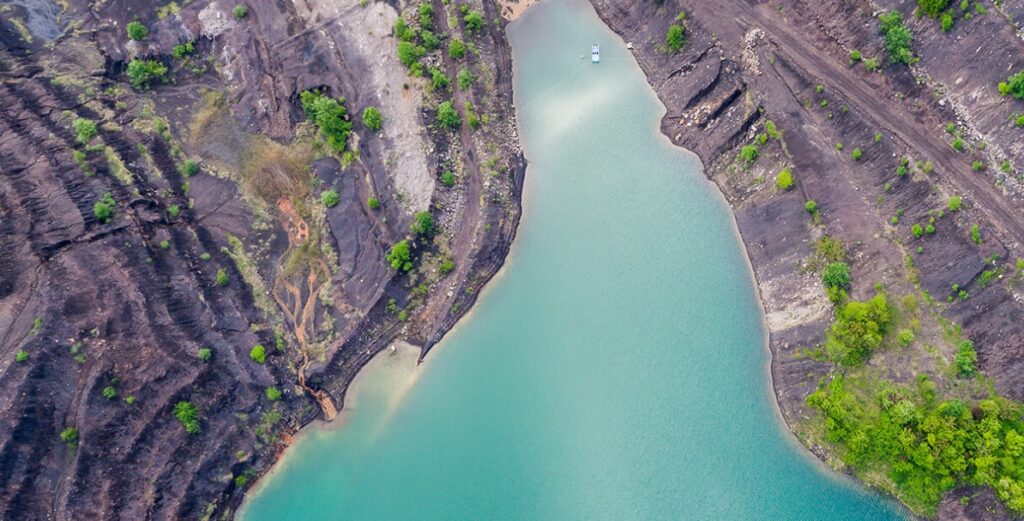July 17, 2022
Water Management in Mining Projects
Mining industry is one of the most water intensive industries in the United States. Mine sites have many water wells that supply water for mining, processing, dust control, vehicle washing, drinking and many other uses based on the mining operations. The water flowrates in the mining processes could be as high as 60, 000 gallons per minute. Most of the mine sites try to reuse some of the wastewaters in the mining and milling processes, but some of the water will infiltrate to the below aquifers and could potentially impact the quality of the groundwater near the mine sites. In dry states, like Arizona, and California, groundwater is the main source of drinking water and shortage of safe drinking water could slow the economy, growth, sustainability and development of the cities which all depend on water resources.

The impact of climate change and prolonged drought could worsen the water resources in dry states such as Arizona and California, and would cause stress on their water systems. Using more efficient system of irrigations in agriculture and recycling more water in mining can definitely help the future of the water resources in these states.
Water management must be done very carefully at mine sites. One problem is the management of water in the case of flooding and storm events. For this reason, most of the structures in the mining industry have spillways, berms, channels, dams, collection ponds to prevent disaster in the case of flooding. These structures are costly and sometimes could cost over 100 million dollars.
Overall, even though almost half of the wastewater is reused/recycled in the mining operations, but there is always a need for more water because of mining expansion, water evaporation, and infiltration. Mining companies are finding new sources to solve their water problems, such as drilling more wells, or using new thickening and filtration technologies to recover most of the water, lining of discharging facilities to prevent any seepage/loss of water.